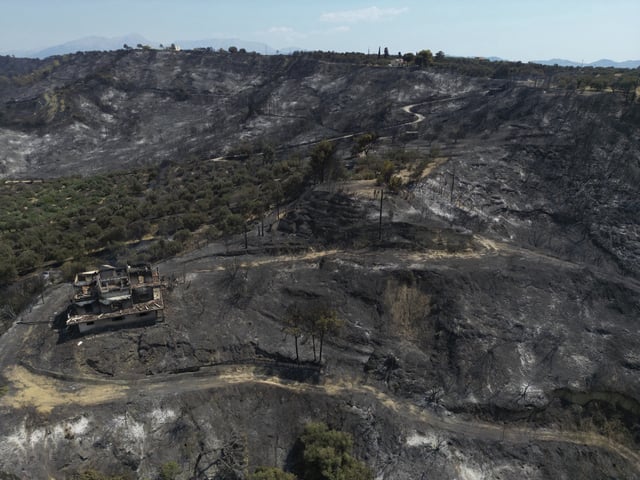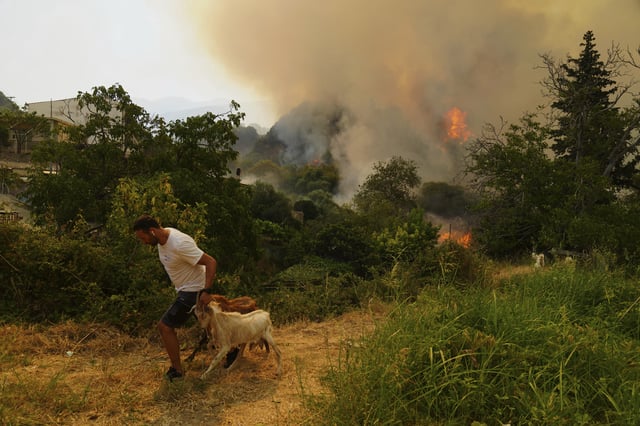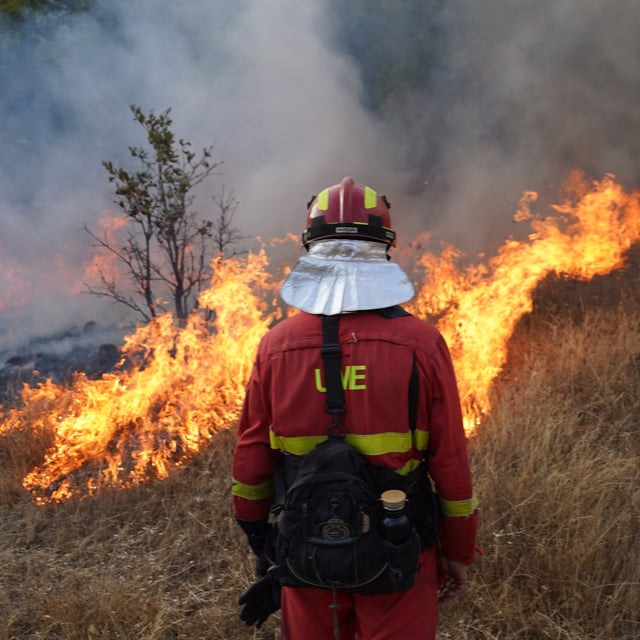Overview
- The World Weather Attribution rapid analysis, conducted by 28 scientists, is the first in Europe to quantify climate change’s role in wildfire conditions.
- With about 1.3°C of global warming, the study estimates fire‑prone weather is now roughly 10 times more likely than in a preindustrial climate.
- Researchers identify a 14% decline in winter rainfall, an 18% intensification of pre‑fire dry heat, and a 13‑fold jump in weeklong hot‑dry spells as key drivers.
- High‑pressure patterns strengthened Etesian winds that fanned the blazes, complicating tactics that once relied on predictable lulls.
- The 2025 season saw more than 1 million hectares burned, about 20 deaths and over 80,000 evacuations, and scientists are analyzing parallel fires in Spain with results expected to be similar; projections at 2.6°C warming point to events about nine times more likely and 25% more intense.



